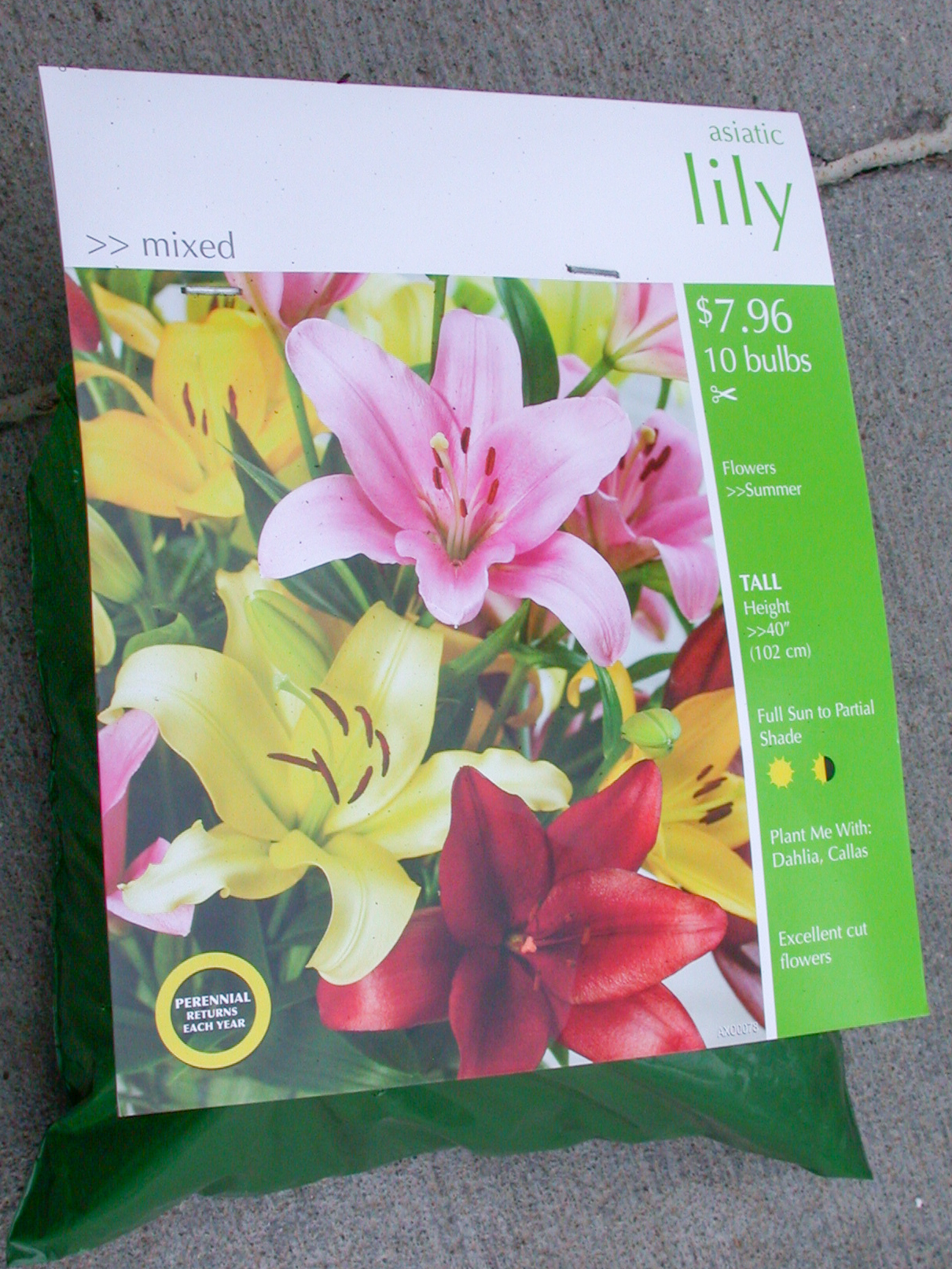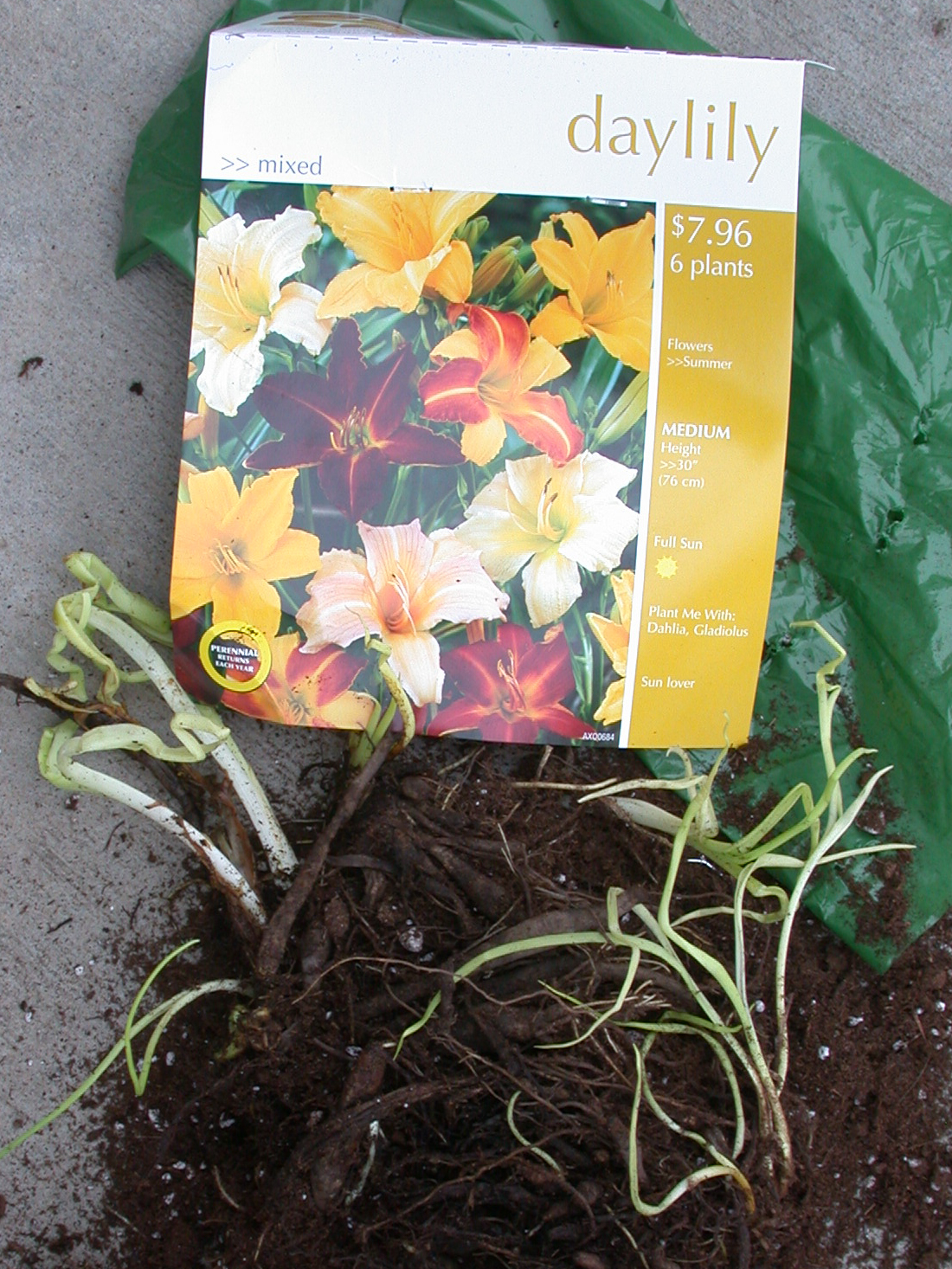Return to Nursery Certification Plant Regulation main menu
Regulations
The Minnesota Department of Agriculture (MDA) regulates hardy trees, shrubs, and perennials by way of the Nursery Law, State Statute Chapter 18H. This includes all aspects of maintaining plant viability for consumers and ensuring packaged plants have an equal chance of success for the consumer.


Dying, dried out, or damaged plants are not allowed to be sold.
When storing and displaying package plants for sale, retail businesses must consider proper temperature, light, and moisture to limit the growth and keep plants in a dormant state.
Packaged perennials such as hops, hydrangeas, hostas, daylilies, astilbe, grapes, raspberries, and strawberries are regulated. Fruit trees, nut trees, and lilac shrubs are also regulated. However, packaged garden vegetables, like asparagus and rhubarb roots, are not regulated.
Handling Packaged Plants
Properly handled packaged plants should arrive completely dormant with no signs of bud break, drying, or rot.
To stay in compliance with the law, packaged plants must be kept in cool but above-freezing temperatures to prevent loss of dormancy and to maintain plant health. Ideally, the plants should be kept under dark and refrigerated conditions. Some retailers have placed plants in unheated entryways to maintain a cool temperature.
Properly stored packaged plants can be maintained in a dormant state for many weeks. However, when displayed in typical retail store temperatures and lighting, packaged plants quickly break dormancy and start to grow. Once plants begin to grow, the retailer has three options:
- Pot the plants and care for them as potted stock.
- Return them to the shipper.
- Destroy them.
If a retailer decides to pot the plants, this should be done quickly after the first signs of growth. Plants that are growing and left in packaging can produce small leaves, are pale in color, and look sickly. They rarely recover from this even after being placed into normal growing conditions. The plants that remain in packaging are also highly susceptible to bacterial pathogens on both shoots and roots, resulting in rapid decay.
Packaged plants should be examined regularly for the presence of growth, bacterial decay, fungal decay, rot, or spoilage. If a packaged plant is healthy and dormant, it can be sold.
- If plants have swelling buds or exhibit bud break, they need to be sold or potted soon.
- If plants are found to have decay or active growth within the package, the plant must be removed from sale.
Options for Plants Removed from Sale
If an MDA Nursery Inspector comes to your retail location to examine plants and finds packaged plants that are actively growing, the inspector may stop those plants from being sold. There are several options for plants removed from sale.
- Remove the plants from the package, pot them, and restore vigor. Those that become established can be sold once their viability is established.
- The plants can be returned to the shipper.
- The plants can be destroyed.
Proper Cold Hardiness Labeling
Because packaged plants usually come in preprinted packaging, cold hardiness claims are listed. It has been common that fruit plants, blackberries, raspberries, grapes and others that are cold hardy
to Zone 5 are mislabeled as Zone 3 or 4. All packaging should be reviewed to be consistent with the MDA cold hardiness list found online at www.mda.state.mn.us/nurseryprogram.

